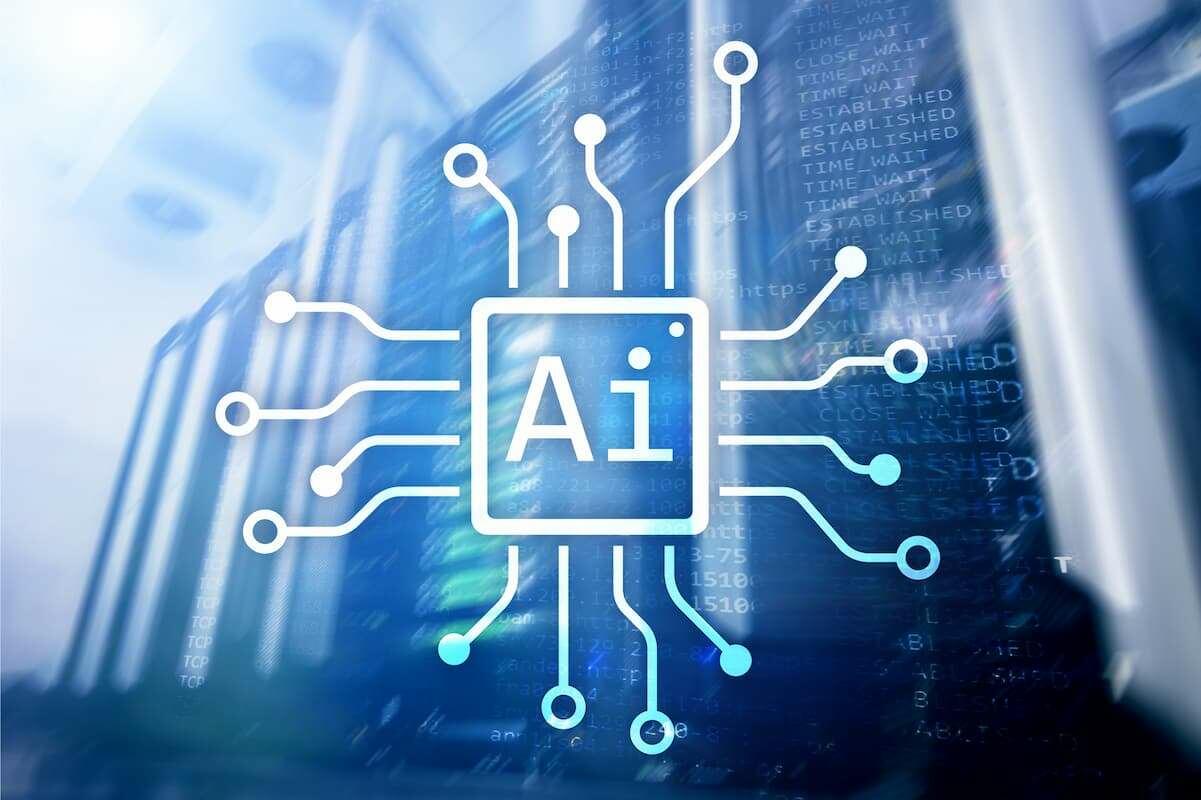
CALL NOW: 020 8673 7727
Importance of Data Science
Machine Learning (ML) and Artificial Intelligence (AI) play crucial roles in data science. Furthermore, ML algorithms analyze data patterns and correlations and extract insights from them. While there is an overlap between data science and business analytics, the key difference is the use of technology in each field. Data scientists work more closely with data technology than business analysts.Business analysts bridge the gap between business and IT. They define business cases, collect information from stakeholders, or validate solutions.

Data science is the study of data to extract meaningful insights for business and government. To facilitate sharing code and other information, data scientists may use GitHub and Jupyter notebooks. Data science and BI are not mutually exclusive—digitally savvy organizations use both to fully understand and extract value from their data. If you are curious about learning data science to be in the front of fast-paced technological advancements, check out upGrad & IIIT-B’s Executive PG Program in Data Science. Data science can help predict and track upcoming trends to keep the business ahead of the curve.
Understanding the business problem
In addition to that, they use various techniques to collect, analyze, clean, visualize, and interpret data. Now that you know more about the similarities and differences between data science and machine learning, you can take the next steps you need for your career. Whichever path you choose, you can be confident that you’re gaining skills and knowledge that will be in demand for years to come. Companies can use data science to swiftly examine large amounts of data from a variety of sources and get valuable insights to make better data-driven decisions. Data science is becoming increasingly purposeful across all industries and sectors.

By analyzing patterns and reoccurring trends, a business can notice and recognize potential gaps, which leads to innovation, creative solutions, and greater customer satisfaction. Investigating and uncovering such patterns could help a business maximize its profits, increase revenue, and prevent it from experiencing significant losses. Data science can predict and prevent future problems and unfortunate circumstances and protect businesses from loss – which ties in with data science detecting fraud. Data science professionals use computing systems to follow the data science process. Data science is important because it combines tools, methods, and technology to generate meaning from data.
Visualization
A data analyst may spend more time on routine analysis, providing regular reports. A data scientist may design the way data is stored, manipulated, and analyzed. Simply put, a data analyst makes sense out of existing data, whereas a data scientist creates new methods and tools to process data for use by analysts.
Typically, a data scientist’s role comprises handling humongous amounts of data and then analyzing it using data-driven methodologies. Once they can make sense of the data, they bridge the business gaps by communicating it to the information technology leadership teams and understanding the patterns and trends through visualizations. Data scientists also leverage Machine Learning and AI, use their programming What is data science knowledge around Java, Python, SQL, Big data Hadoop, and data mining. They require to have great communication skills to translate to the business their data discovery insights effectively. Data science and machine learning are connected, but the focus and applications of these disciplines are different. Companies today have access to massive databases due to documenting every aspect of client engagement.
While the terms may be used interchangeably, data analytics is a subset of data science. Data science is an umbrella term for all aspects of data processing—from the collection to modeling to insights. On the other hand, data analytics is mainly concerned with statistics, mathematics, and statistical analysis. It focuses on only data analysis, while data science is related to the bigger picture around organizational data.In most workplaces, data scientists and data analysts work together towards common business goals.

Data science may be the buzzword across industries, but there is still some mystery around it. For modern-day enterprises, Big Data has become the magic ingredient for the recipe of success. Big Data refers to the large data sets relating to human behaviour and interactions that can be processed or analyzed computationally to uncover noteworthy details. Business survival in the digital age means unlocking the powers of these gigabytes of data and gaining actionable insights. The data science application that appears to have the most promise for the future is this augmented reality.
The UN’s atomic regulator says the water will have “negligible” radiological impact on people and the environment. The public will have an opportunity to find out more about these programmes and have their say at a series of engagement events starting next year to gather views on digital and data transformation in the NHS. If you’ve reached the stage where you’re thinking of throwing in the towel and just taking any data job you can get, hold that towel.
- Facebook uses data to show you perfectly targeted ads and translate connections between users and communities.
- Looking back, it is evident that the field has advanced significantly in a short amount of time.
- Advancing computer memory capacities, more enhanced software, more competent processors, and now, more numerous data scientists with the skills to put this to use and solve questions using the data!
- But you will also need strong presentation and data visualization skills, so you can communicate your findings to target audiences.
- While there is an overlap between data science and business analytics, the key difference is the use of technology in each field.
There are a few important stages for housing data science within businesses. From doing business health checks, evaluating data to maintain data through data cleansing, warehousing, procession, and then analyzing and finally visualizing and communicating. The importance of data Science brings together the domain expertise from programming, mathematics, and statistics to create insights and make sense of data. When we think about why data science is increasingly becoming important, the answer lies in the fact that the value of data is soaring heights. Did you know that Southwest Airlines, at one point, was able to save $100 million by leveraging data? They could reduce their planes’ idle time that waited at the tarmac and drive a change in utilizing their resources.
Posted by adwords on 7th November 2023, under Software development
 Dr. Kishanie Wijesinghe Little BDS
Dr. Kishanie Wijesinghe Little BDSDr. Kishanie Little is passionate about delivering excellent dentistry and dental restorations that are life-like and indistinguishable from natural teeth. She believes that restorations (fillings/crowns/veneers) should look beautiful – and that they should last. Dr. Little keeps abreast of new developments in restorative dentistry through post-graduate training.
Dr. Little is also an experienced Facial Aesthetistician, including Botulinum toxins (such as Botox) and Dermafillers. She appreciates how simple and subtle changes to smooth and relax muscles can “freshen” a face, to look younger.
In her personal time, she loves to cook, read, run, practice yoga and pilates, play a bad game of tennis and am now learning to play golf. She loves Art and Theatre and support the Tate Modern. She also enjoys writing and has a book in the works.















